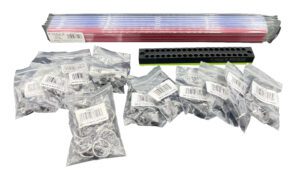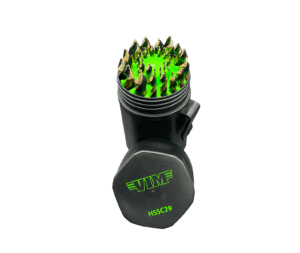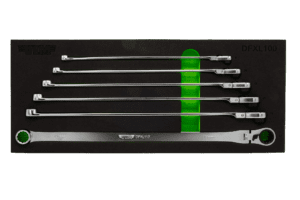- 6803 Parke East Blvd. Tampa, FL. 33610
- 800.728.4942
- 813-231-6305
Showing 1–16 of 2170 resultsSorted by price: high to low

Magrail Station Wall Display for Jobbers

17 in stock
4 Drawer Tool Cart, Black

4 in stock
Half Cut Driver Display

Driver Support Kit

77 Piece Master TORX Driver Set

Out of stock
29 PC. M35 COBALT MULTI-PILOT DRILL BIT SET

Magrail Jobber Pack, 16″ Rails

7 in stock
29 Piece M35 Cobalt Multi-Pilot Drill Bit Set

5 PC. DEEP SPLINE RATCHETING FLEX HEAD WRENCH SET (15-19 MM)

7 PC. DEEP SPLINE RATCHETING FLEX HEAD XL WRENCH SET (8-14MM)

6 PC. DEEP SPLINE RATCHETING FLEX HEAD XL WRENCH SET

3/4’’ DR. HEAVY-DUTY EXTENDABLE RATCHET AND BREAKER BAR KIT (OAL 29″ – 40″)

36 PC. MINI PRYBAR DISPLAY

6 PC. DOUBLE DEEP SPLINE FLEX HEAD RATCHETING WRENCH SET – METRIC

Mechanics Master Set, combines TMS34PF and HMS26 plus 4 new sizes

52 PC. 3/8” DR. SOCKET MASTER SET